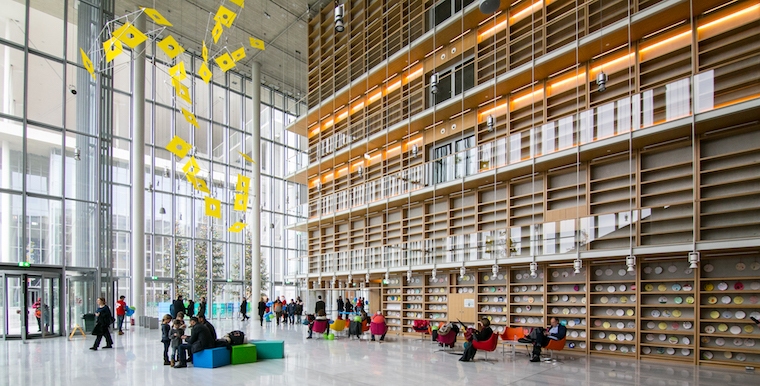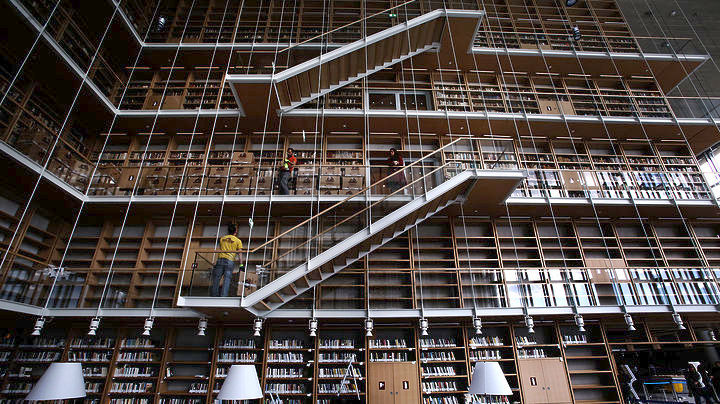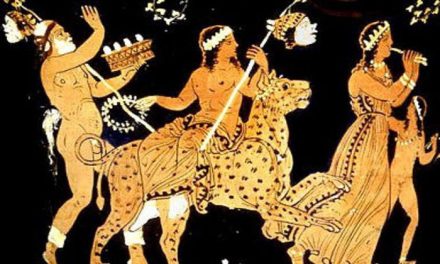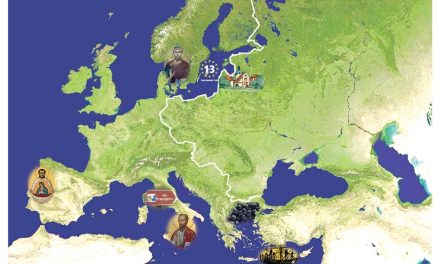After three years of intense preparation, the historical relocation of the National Library of Greece (NLG) is underway, allowing for the transfer of the Library’s collections from its previous locations in Athens, the Vallianio and Votaniko buildings, to its new home at the Stavros Niarchos Foundation Cultural Center. The transfer is in progress and is estimated to be completed in three months.
The overall project of transfering of the collections and services of the National Library of Greece, is comprised of a total of 50 particularly demanding and complex subprojects and components, occurring over the span of three years. These subprojects include processing of the Library’s collections, developping its digital services, establishing of a new Public Library Section, building public engagement, and staff training . The relocation and modernization of the National Library of Greece is a joint collaboration between the public and private sector, involving more than 150 public servants, and 400 external collaborators. All of this was made possible thanks to a €5,000,000 donation by the Stavros Niarchos Foundation, and an exceptional €5,200,000 grant by the Greek State.
The transfer of the Library’s collections is an extremely difficult and complicated task—the simultaneous need for the maximum safety and minimum possible strain of the collections must be ensured. The transfer process, the packaging, transport, unpacking, and re-housing of the collections must comply with international criteria of Best Practices and Standards. All departments of the National Library of Greece are participating in the implementation of the transfer, and a Cross-Functional Project Team (consisting of a civil engineer, book conservators and material archivists, as well as administrative staff) have undertaken the transfer coordination.
The Library’s collections are transported mainly through the use of tailored trolleys, designed to absorb vibration, reduce much of the stress of carrying heavy crates, and avoid the shifting of the contained material. Plastic and wooden crates, as well as archival boxes, are used in conjunction with the trolleys. Specialized ramps are used near stairs and staircases, allowing for the safe movement of the trolleys used during transport.
Every item, on every shelf, is electronically identified before being crated and placed within a trolley. Once filled, each trolley is closed and sealed under the supervision of a National Library of Greece staff member. The packed trolleys are then placed in a controlled-climate truck, and accompanied by an NLG staff member to their final destination, at the SNFCC. There, all materials are unpacked, rechecked, and re-shelved. It should be noted that NLG conservators oversee the transfer throughout the entirety of its process, providing additional guidance when needed.
New spacious Reading Rooms
The move is expected to be fully completed in April, when the library will gradually start to go into full operation. Hundreds of people are currently using the reading rooms and PCs in the library’s lending section. The ample natural light that bathes the rooms showcases the colorful funriture and the Book Tower and the Research Library at the centre of the building -designed by Renzo Piano.

Τhe spacious new facilities will allow the resumption of services that had all but disappeared in the cramped quarters of the old buildings, such as a reading room dedicated to magazines and periodicals. The transfer to the new building entails moving 750,000 items in the general collection and 40,000 in the lending section (of which 10,000 are educational games), as well as 30,000 magazines published in the last five years.
Rare Treasures
With regard to all of the Library’s special collections, its rare and precious manuscripts and archives, they will be stored inside four vaults, all calibrated to the appropriate temperature, humidity, lighting, and security conditions required for their proper preservation and safekeeping.
During the preparation process the books and publications that are exceptionally old or have rare historic or artistic value were set apart. They were added to the already existing special, closed collection of the National Library’s valuable items, including some 10,255 rare print publications. The National Library’s collection includes a number of original editions from the earliest days of the printing press, such as the printed in Milan 1476 book “Epitome of the Eight Parts of Speech and Other Sundry Necessities” by Constantinos Laskari,s or a first edition of the Homeric epics printed in Florence in 1488, among others. There is also a large collection of hand-written codices, rare maps, engravings and other items either purchased, donated or presented under the depot legal, a law requiring that two copies of each Greek edition be given to the National Library dating back to its foundation in 1834.
The real treasures of the National Library are not to be discovered only on its bookshelves but also in its Archives Service. The library archive dates back to its foundation in 1834 and includes more than 40,000 items, a collection that is constantly being expanded: loose documents and ledgers, correspondence with readers and state services, donation documents, requests by impoverished readers and students. Among the writers of these documents are Emmanouil Roidis, Nikolaos Politis, Tellos Agra and other major Greek authors that served on the library’s staff.
Read also via Greek News Agenda: Reading Greece: The Vision of Filippos Tsimpoglou for the National Library of Greece
Learn more: National Library’s “Transition” website
N.N.














